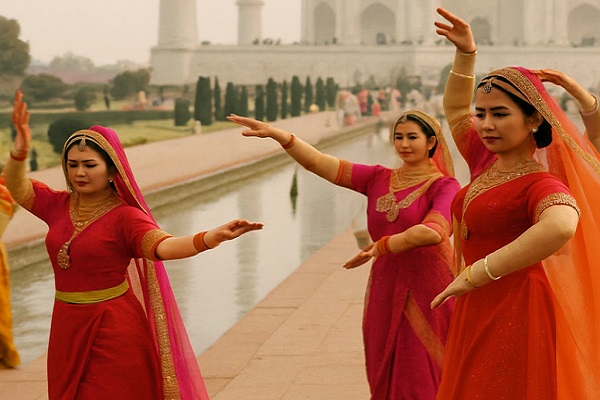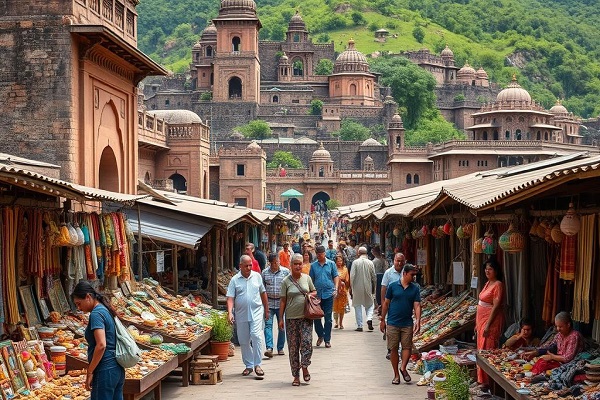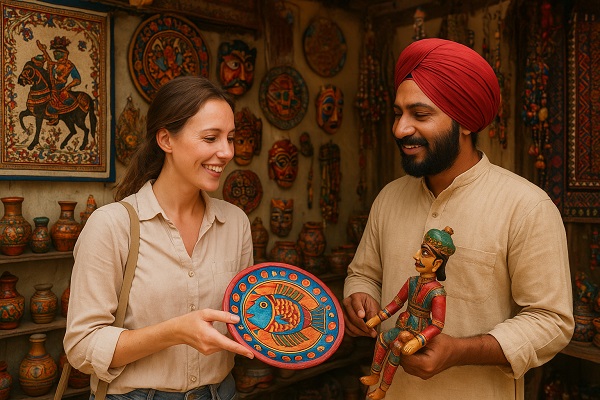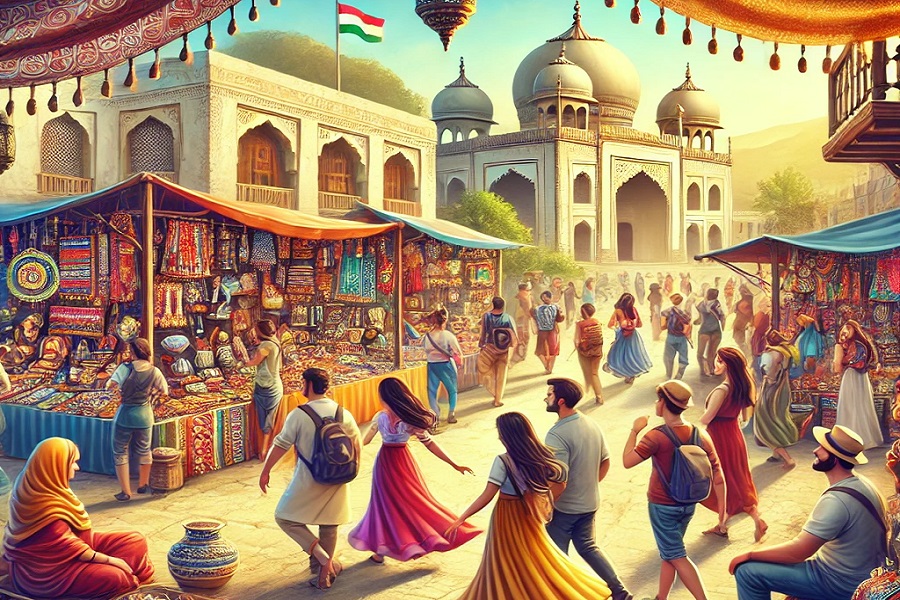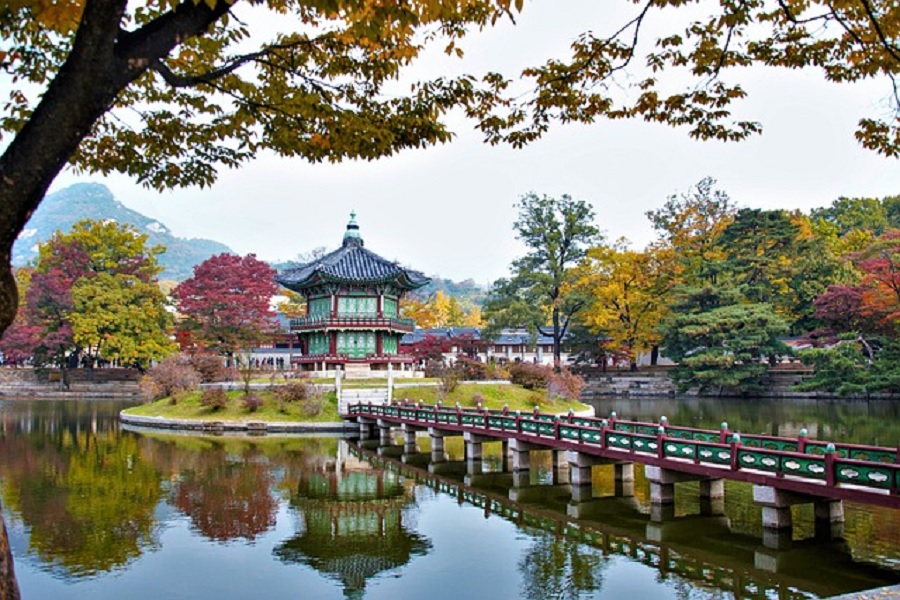Cultural Tourism: Experiencing the Spiritual Serenity of Gurudwaras
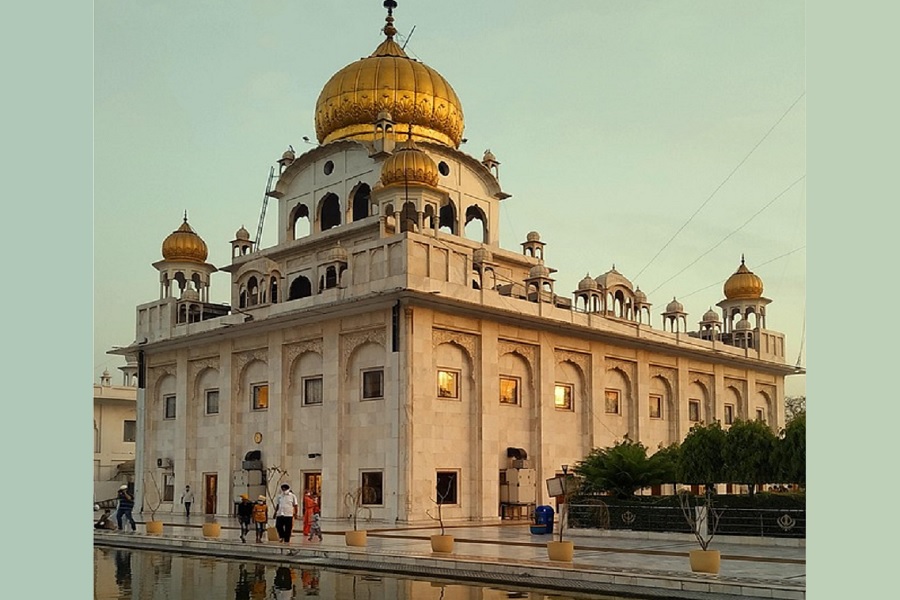
A Window into Sikh Heritage
Gurudwaras stand as living symbols of Sikh history and philosophy. They commemorate significant events, honour Sikh Gurus, and preserve centuries-old traditions. Each Gurudwara tells a story—of bravery, of compassion, of faith. The architecture, often a blend of Mughal and Indian influences, reflects the harmony and resilience embedded in Sikh culture.
One of the most iconic examples is the Golden Temple in Amritsar, a global symbol of peace and spirituality. With its shimmering gold façade and sacred Sarovar (holy water tank), it attracts millions of visitors from around the world.
The Spirit of Seva (Selfless Service)
Cultural tourism at Gurudwaras is incomplete without experiencing langar, the world’s largest community kitchen system. Regardless of religion, caste, gender, or nationality, every visitor is invited to sit together on the floor and enjoy a wholesome meal prepared by volunteers.
This practice is a powerful expression of Sikhism’s core beliefs:
Equality of all people
Community bonding
Selfless service
Participating in langar—whether by chopping vegetables, stirring huge pots of dal, or simply helping serve—offers travelers a unique chance to contribute to a centuries-old tradition of compassion.
Sacred Music and Meditation
Most Gurudwaras resonate with the soulful sounds of kirtan, devotional hymns from the Guru Granth Sahib. The rhythmic singing, accompanied by instruments like the harmonium and tabla, creates an atmosphere of peace and reflection. Visitors often describe it as a deeply healing experience.
Whether you sit for five minutes or an hour, the serenity of the Gurudwara environment calms the mind and uplifts the spirit.
Architecture That Inspires
Gurudwaras are architectural marvels that blend simplicity with grandeur. Key features include:
A central prayer hall
The Guru Granth Sahib placed under a beautifully adorned canopy
The Nishan Sahib (Sikh flag) flying high
Community halls and langar spaces
Tranquil water bodies (Sarovars) in many prominent Gurudwaras
The ambience inspires humility, introspection, and connection to something greater than oneself.
Why Gurudwaras Are Cultural Tourism Gems
1. Open to All
No ticket, no discrimination—every Gurudwara is open 24/7 for anyone who wishes to visit.
2. Safe and Welcoming
Travelers find comfort in the respectful, warm, and peaceful environment maintained by volunteers.
3. Authentic Cultural Exchange
A visit offers real insights into Sikh customs, values, and community life.
4. A Place of Healing
Many travelers visit Gurudwaras not just as tourists, but as individuals seeking peace, clarity, or emotional grounding.
Popular Gurudwaras to Explore in India
Sri Harmandir Sahib (Golden Temple), Amritsar
Bangla Sahib Gurudwara, Delhi
Sis Ganj Sahib Gurudwara, Delhi
Takht Sri Patna Sahib, Bihar
Hemkund Sahib, Uttarakhand
Gurudwara Manikaran Sahib, Himachal Pradesh
Each site offers a unique blend of history, spirituality, and culture.
The Takeaway
Cultural tourism through Gurudwaras is not just about sightseeing—it's about feeling, participating, and connecting. These sacred spaces open their doors to anyone seeking comfort, curiosity, or cultural enrichment. A visit leaves you with a sense of inner peace, a deeper understanding of Sikh values, and warm memories of kindness and unity.
Gurudwaras remind us that in a world driven by speed and noise, there are still places where everyone is welcomed as family.



















